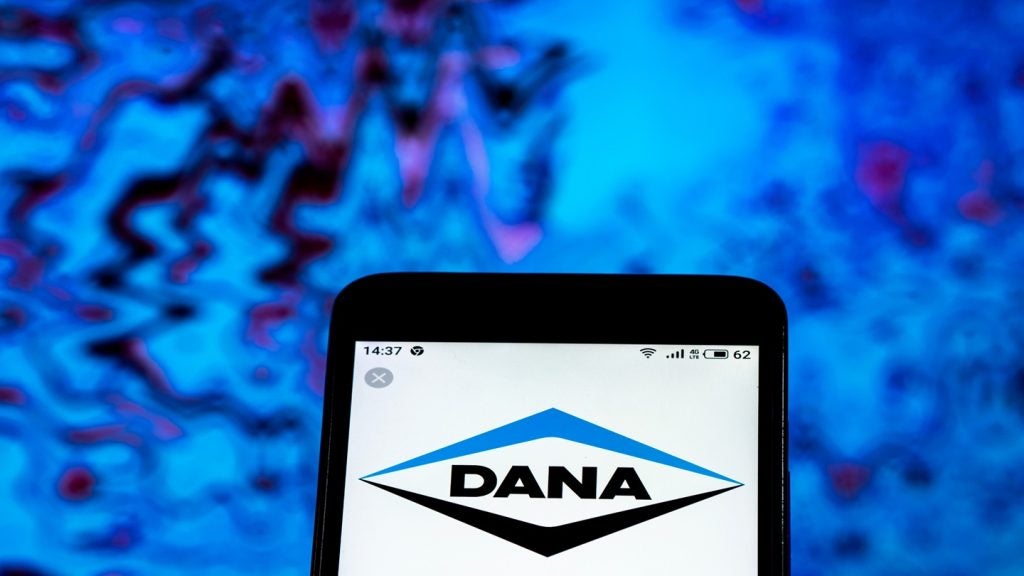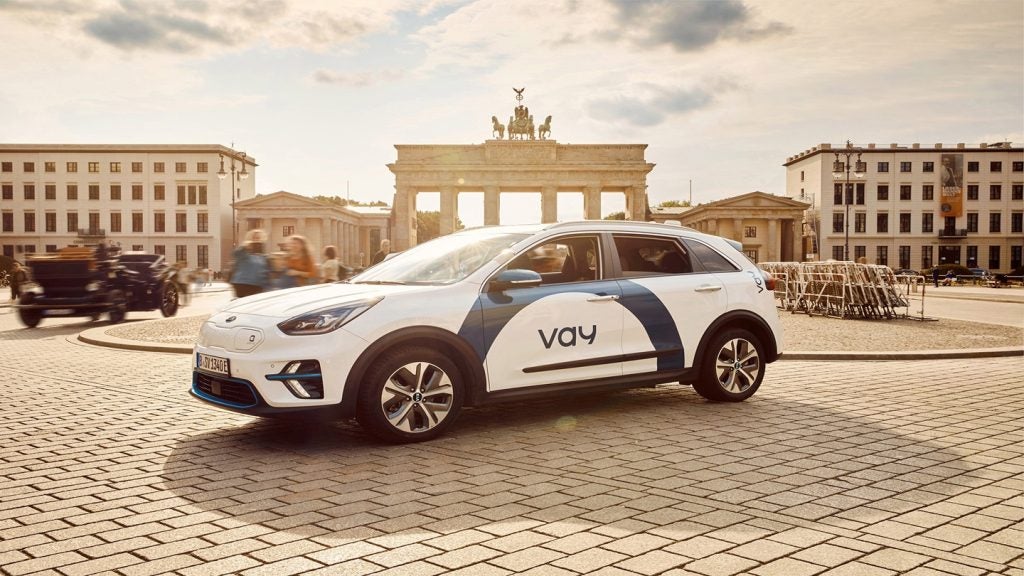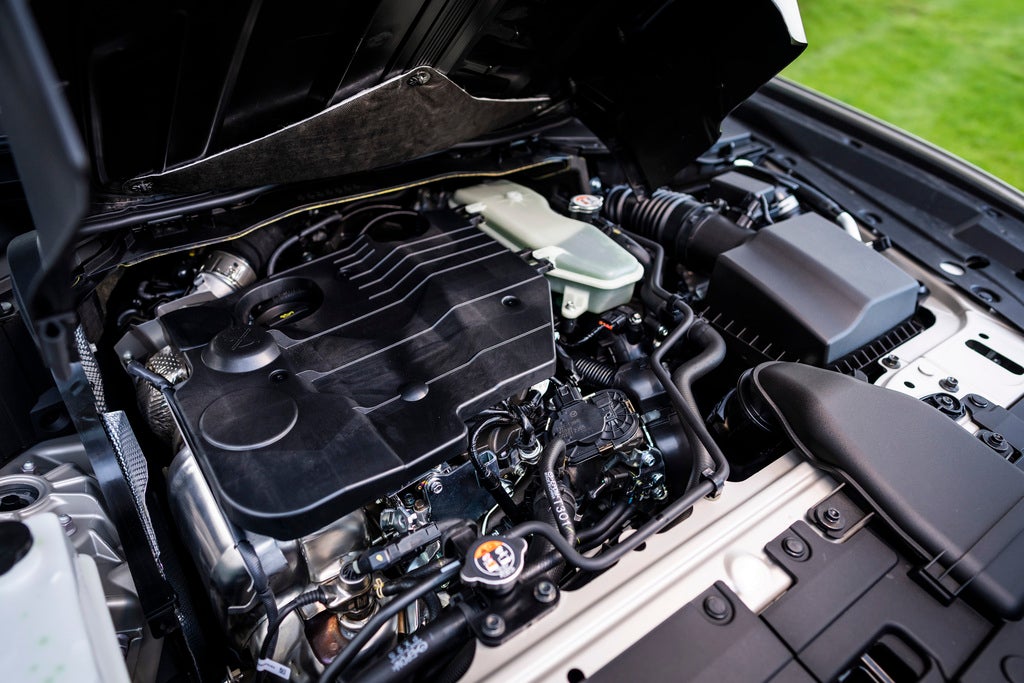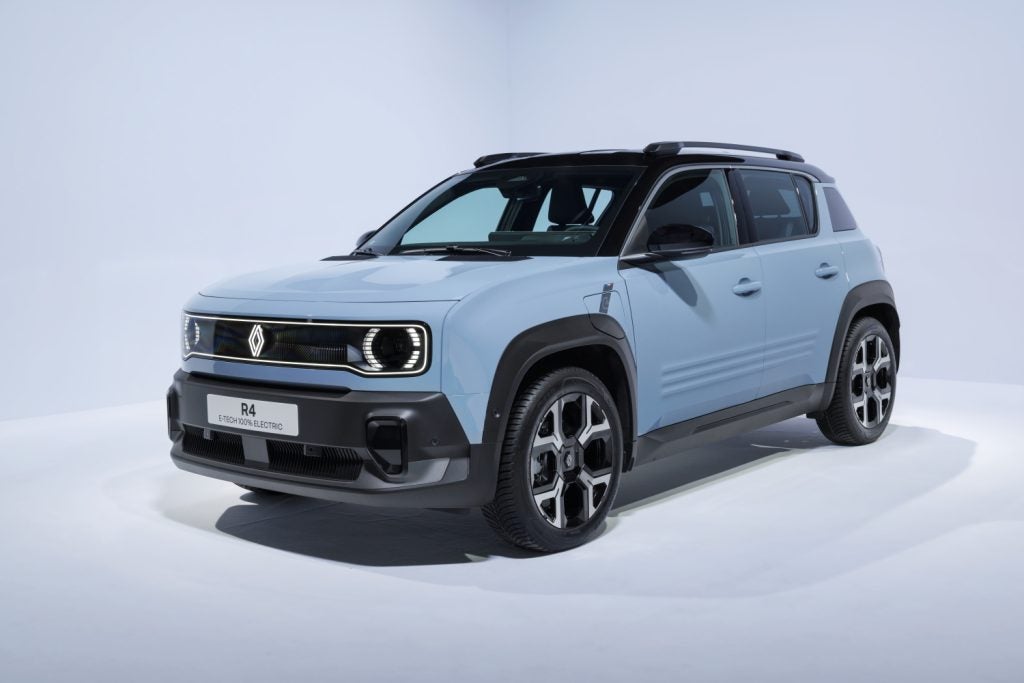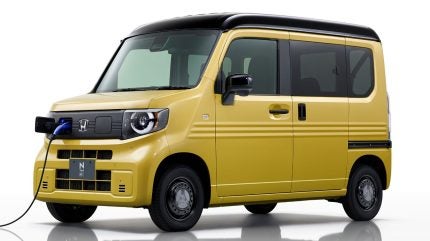
Gone from China, not present in Japan and near reliant on the US for most volume, what does Honda have planned for its Acura premium division? Lexus does around three times the monthly volume as Acura in the US, that being the largest market for each of them. And with sales recently dropping by a double-digit percentage to around 10,000 Acura vehicles a month, Volvo is now a bigger brand in North America. Can American Honda turn this situation around, or rather does it have the desire to lift volume? Coming up for four decades of existence – the brand was launched in March 1986 – Acura ought by any measure to be far better known and successful. Pure numbers have never really been a specific goal, however, as a small model range and number of markets continues to show. There is no Acura in Japan, Asia-Pacific or Africa, only the smallest of presences in the Middle East, plus no longer any sales in China (the same applies to Russia and Ukraine for different reasons). The US is therefore the main market, followed by Canada. Even in these countries, ambitions remain modest and the move into EVs has been cautious.
EU shifts to right
As voters across the European Union (EU) took to the polls, there were questions around the implications of a likely shift to right for regulation. Around 373m citizens across the 27 member states were eligible to vote until last Sunday (9 June), to determine the 720 (previously 705) Members of the European Parliament (MEPs) responsible for policy for the next five years. It looked likely seats would be gained by three right-leaning parties: populist radical right Identity and Democracy (ID) group, the national conservative to right-wing populist European Conservatives and Reformists (ECR) group and the centre-right, conservative Christian-democratic European People’s Party (EPP). Up until this point, industrial strategy has been a focus point for the European Parliament. GlobalData’s senior analyst in the public sector Rohan Gogeer explains: “A sustained focus on industrial strategy in the EU has been evident from the European Commission’s 2020 industrial strategy, the European Chips Act, the Net-Zero Industry Act, and the relaxation of state aid rules to allow subsidies of national industries by governments or groups of member states through Important Projects of Common European Interest.” Gogeer pointed out that these elections were taking place against a turbulent backdrop, with the ongoing Russian invasion of Ukraine, supply-side bottlenecks, energy insecurity in Europe, national and intranational elections across the world and political uncertainty in the Middle East and China.
Chinese spend less
With a slowing economy, the rapid growth of consumer spending is “in the past” and China’s consumers are spending less. China’s domestic consumers are spending less and saving more as the country experiences stagnating economic growth, rising unemployment and a folding property sector. Since 1978, China’s GDP growth has averaged over 9% annually, and the World Bank estimates that this saw almost 800 million residents lifted out of poverty. With wealth came spending, and retail thrived alongside the wider economy. However, a myriad of factors has plunged China’s economy into turmoil of late, and deflationary pressures mean that economic growth is slowing. It was recorded at 5.2% in 2023 and is projected to be 4.5% in 2024. Mark Williams, chief Asia economist at Capital Economics, tells Retail Insight Network: “China’s consumers seem to be losing confidence in the economic outlook. A large share of their wealth is tied up in a housing sector that is collapsing. Income growth has slowed dramatically, and the geopolitical situation leaves the future looking a lot less bright than it used to, with Western governments putting barriers up against imports from China.”
India slows
How well do you really know your competitors?
Access the most comprehensive Company Profiles on the market, powered by GlobalData. Save hours of research. Gain competitive edge.

Thank you!
Your download email will arrive shortly
Not ready to buy yet? Download a free sample
We are confident about the unique quality of our Company Profiles. However, we want you to make the most beneficial decision for your business, so we offer a free sample that you can download by submitting the below form
By GlobalDataGlobalData analysis suggests that election uncertainties have resulted in a slowdown to India’s vehicle market. The Indian market experienced a resurgence in April, having decelerated in March, with the April selling rate reaching a strong 4.78 million units/year compared to 4.28 million units/year in the previous month. In absolute terms, Light Vehicle (LV) wholesales reached around 387k units in April – the highest sales ever recorded for the month. Although this figure represented a month-on-month (MoM) decrease of 9%, it marked a year-on-year (YoY) increase of 3%. Sales of Passenger Vehicles (PVs) decreased by 9% MoM with a total of 329k units and exhibited a marginal 1% YoY increase due to a high base in April 2023. Deliveries of Light Commercial Vehicles (LCVs) with gross vehicle weight (GVW) of up to 6T reached 58k units, reflecting a 6% MoM decline but a 16% YoY uptick. Many consumers adopted a wait-and-see approach as the six-week long general elections began. On the supply side, automakers remained cautious about increasing deliveries due to a high level of PV inventory at dealerships.
Horiba Mira upgrades
Ensuring safety is a huge part of an OEM’s product development process; safety centres allow them to run tests and mimic collisions to assess their vehicles’ systems. Taking steps towards safeguarding the UK’s future as an automotive safety testing powerhouse, Horiba Mira is upgrading and investing in its Passive Safety Engineering Centre, located in the UK’s West Midlands. The investment will allow the UK to attract, and continue to maintain, important vehicle safety engineering and test work from UK and non-UK based manufacturers. Construction work is nearing completion with hopes to have the centre up and running in the summer, allowing OEMs to undertake a full selection of safety compliance tests, including those set out by Euro NCAP. We spoke to Graeme Stuart, chief technical officer, Horiba Mira, and Chris Reeves, head of connected & autonomous vehicles, Horiba Mira, to learn more about the centre and the tests which can be carried out.
Elon payday
Shareholders have approved (again) CEO Elon Musk’s US$56 billion compensation in what many will see as an endorsement of his leadership. Musk had campaigned heavily with Tesla’s individual shareholders for support for the huge payout, estimated at around $56bn, depending on the Tesla share price. The multi-year compensation plan gives Musk rights to roughly 300 million shares, which amounts to around a 10% stake in the company. However, Reuters noted that Musk could still face a legal fight to convince a Delaware (where Tesla the company is registered) judge who invalidated the pay package back in January.
Hyundai swappabattery
Hyundai Motor and South Korea’s largest electric vehicle battery (EV) manufacturer LG Energy Solution (LGES) have agreed to collaborate in building a local battery swapping network, according to local reports. The two companies would initially establish a collaborative council with the support of the government and local industry associations Korea Automobile & Mobility Association (KAMA) and the Korea Battery Industry Association (KBIA), with other local battery producers including SK On and Samsung SDI also considering joining.
Hondabishi JV
Honda and Mitsubishi Corporation (MC) have announced plans to establish a new 50/50 joint venture (JV) company, ALTNA, in July 2024. The new JV is based on the memorandum of understanding (MoU) the two companies signed in October 2023 to begin discussions toward the creation of new businesses in light of anticipated growth in the electric vehicle (EV) market toward a decarbonized future society.
Proton EV
Proton has formally launched a new brand, e.MAS, to help drive its electrification strategy in its home market. The automaker said e.Mas, an acronym for Electrifying Malaysia, would be used for all future electric vehicles (EVs) it planned to launch in collaboration with its Chinese strategic partner Zhejiang Geely Holding Group (Geely) which owns a 49.9% stake in the company. Production of Geely-based EVs, including plug in hybrids and battery electric vehicles (BEVs), would be at the assembly plant in Tanjung Malim in Perak state.
Honda e-van
Honda would launch its long awaited electric van in Japan in October, starting at JPY2.44m (US$15,550), making a re-entry into the domestic EV market through a commercial car, Bloomberg reported. The new N-Van e: with a range of 245km (152 miles) would come in four variants, seating from one to four people, the automaker said at a launch event on Thursday. It would be aimed at delivery companies and construction industries, as well as people who want extra storage space. The van can be charged in 4 1/2-hours at a normal charging speed of 6kW and in 30 minutes with fast charging.
Have a nice weekend.
Graeme Roberts, Deputy Editor, Just Auto



